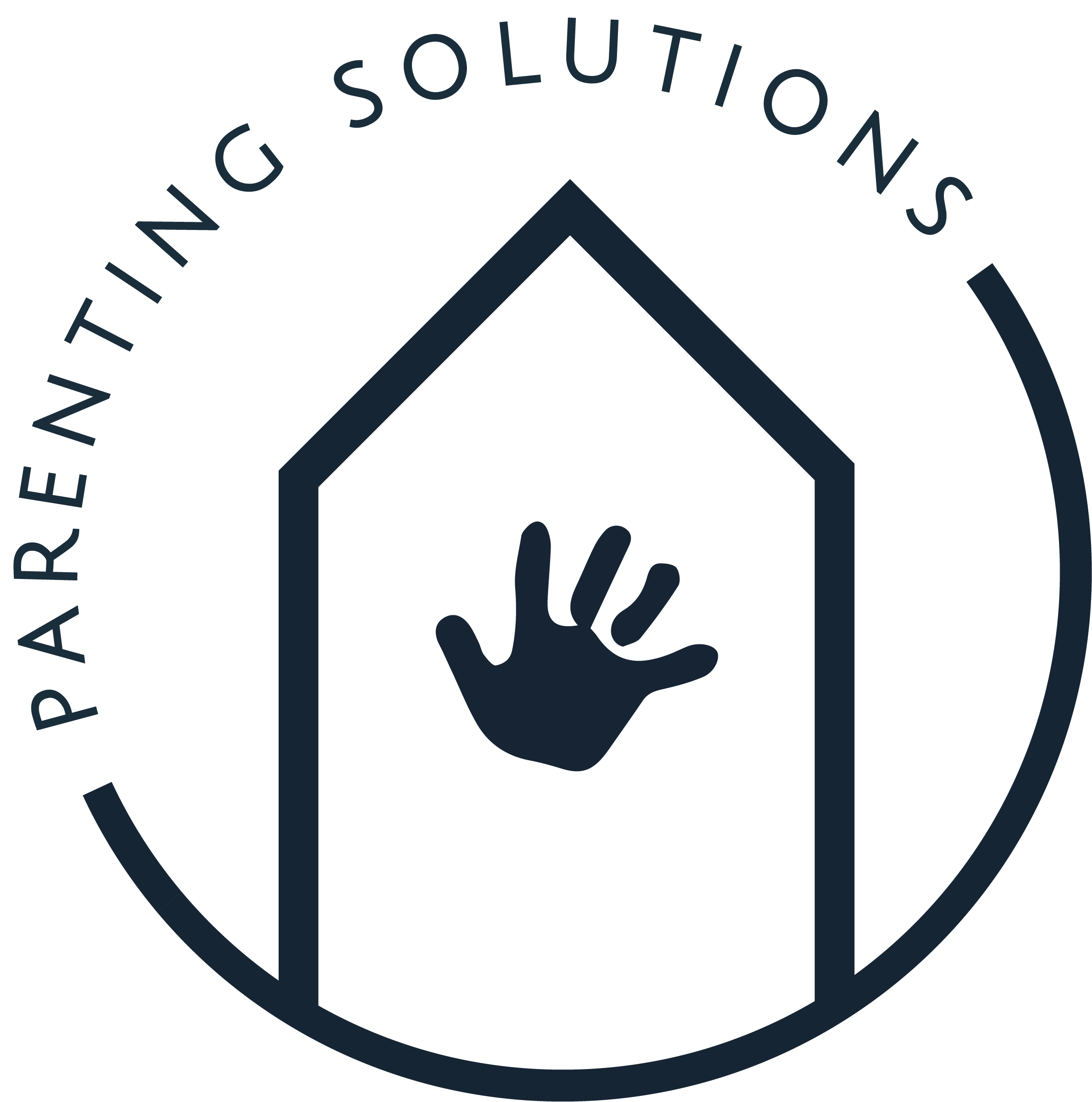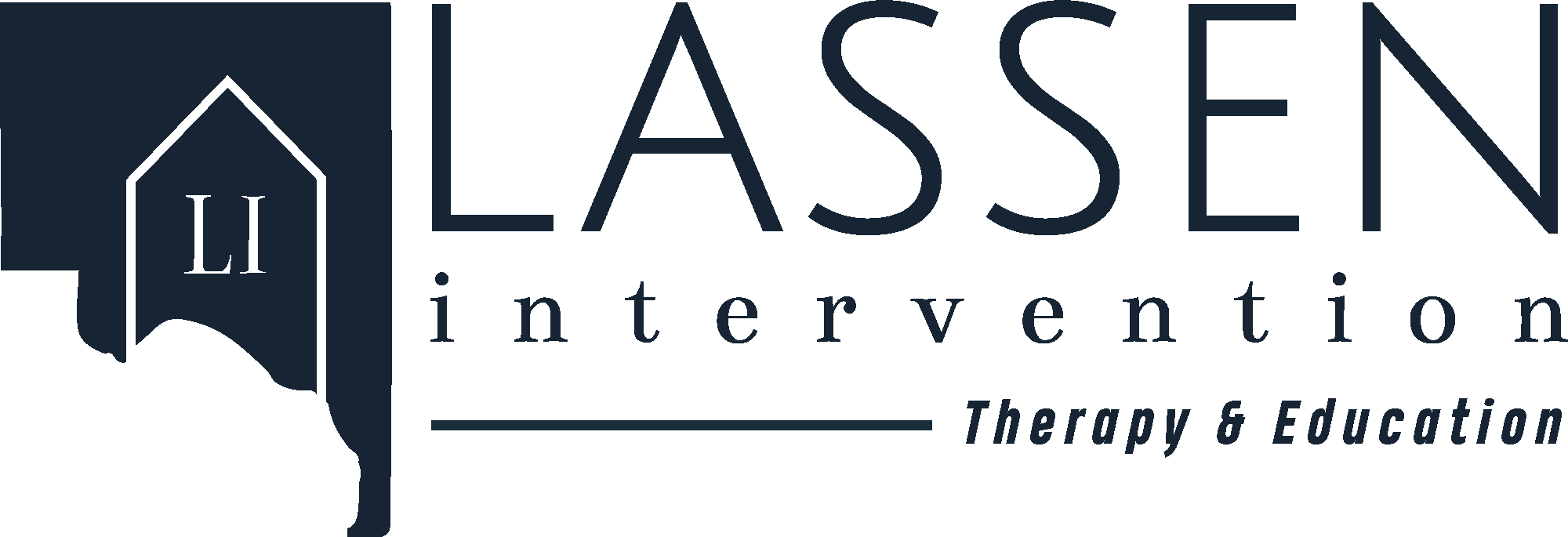
Parenting Solutions
INFORMATION
INFORMATION
Lassen Intervention provides our community with 26 or 52 week *Parenting Classes. They help to enable fathers and mothers explore the solutions needed, in order make themselves the best parent they can be.
Our curriculum includes different parenting styles, including, but not limited to: co-parenting; emotion management; addiction recovery and communication skills.
Classes occur once per week, have a maximum of 15 clients, are two hours in length and combined gender.
ALL meeting to register will be by appointment only by calling Jennifer at 530.310.0169
*This program has also been approved by the Lassen County Probation Department and will fulfil the criteria for the 52-week Child Endangerment Program.
Parenting Solutions: What is NOT Healthy Parenting?
Parenting Solutions: What is NOT Healthy Parenting?
There are several general categories of child abuse. Here is a list of definitions, signs and symptoms.
- Neglect: Physical neglect is defined as the failure to provide for a child’s basic survival needs (e.g., nutrition, shelter, clothing, hygiene, medical care). The scope of physical neglect may also pertain to inadequate supervision of a child, as well as other forms of reckless disregard concerning the child’s overall safety and well-being.
- Physical Abuse: The precise definition of child physical abuse varies among states, the District of Columbia, and the US territories. All these entities agree that physical abuse occurs when a parent or caregiver commits an act that results in physical injury to a child or adolescent, such as red marks, cuts, welts, bruises, muscle sprains, or broken bones, even if the injury was unintentional. Physical abuse can occur when physical punishment goes too far or a parent lashes out in anger. Even forms of physical punishment that do not result in physical injury are considered physical abuse and are outlawed in some states. For example, in Arkansas, Minnesota, and the District of Columbia, hitting a child with a closed fist is considered physical abuse. In Arkansas, hitting a child on the face or head is also called physical abuse.
- Sexual Abuse: Child sexual abuse or molestation takes place when an adult, adolescent or another child, usually older or bigger than the victim, exposes the child to sexually oriented pictures or photos (pornography), initiates undesired touching with sexual overtones, or attempts intercourse, fellatio or cunnilingus, or voyeurism with the child victim, or using objects to penetrate an orifice of the child. Taking photos of the child for pornography is also molestation. As with other forms of abuse, it can be physical, emotional or verbal. It may leave no physical damage, although it definitely leaves emotional damage. When introduced to sex prematurely children are essentially robbed of their childhood years. 1 out of 3 girls and 1 out of 5 boys will be sexually abused before they reach age 18, so this is not an unusual problem. It is just a problem that makes us uncomfortable to talk about.
- Emotional Abuse: The complexity of psychological maltreatment has made it difficult for experts and researchers to define. Risk for psychological maltreatment is greater for older children and children in low-income families. Perpetrators tend to be mothers and parents who have limited social and problem-solving skills or substance abuse problems. Children who have been psychologically maltreated often have social, emotional, and behavioral problems. Several intervention efforts have been developed to address psychological maltreatment behaviors categorized as exposure to interparental violence. Group therapy and multidisciplinary services have been effective in alleviating
the impact of domestic violence on children and strengthening the skills of parents. In addition, it is also important to understand the nature of child abuse; that is, having a deeper comprehension of the socioeconomic and psychological ramifications that are involved within the family unit and how these different factors can have a detrimental impact on those affected by child maltreatment.
In most instances of child abuse, there are usually a host of emotional, financial and other issues surrounding the circumstances. Research has indicated that the parents and families of children who die from abuse and/or neglect are frequently struggling and have backgrounds of trauma
themselves, which may include drug addiction, previous criminal histories, mental illnesses, and cognitive disabilities. Other statistics indicate similar findings in families affected by child maltreatment, which may also include:
- Domestic violence in the home
- Residing in unsafe or crime-ridden communities
- Lack of financial resources
- Inconsistency in employment
- Housing instability
WHAT IS CHILD ABUSE?
WHAT IS CHILD ABUSE?
Emotional, and verbal Abuse is anything said or done that is hurtful or threatening to a child and is the most difficult form of maltreatment to
identify. Examples include:
- Name calling (“You’re stupid”)
- Belittling (“I wish you were never born”)
- Destroying child’s possessions or pets
- Threatens to harm child or people they care about (“I’m going to
choke you” or “I’ll break your arm”) - Locking a child in a closet or box
- Rejecting a child
- Isolating a child
Sexual abuse is any inappropriate touching by a friend, family member, anyone having on-going contact, and/or a stranger. Examples include:
- Touching a child’s genital area
- Any type of penetration of a child
- Allowing a child to view or participate in pornography
- Prostitution, selling your child for money, drugs, etc.
- Forcing a child to perform oral sex acts
- Masturbating in front of a child
- Having sex in front of a child
Physical abuse is any type of contact that results in bodily harm, such as bruising, abrasions, broken bones, internal injuries, burning, missing teeth,
and skeletal injuries. Examples include:
- Hitting or slapping a child with an extension cord, hands, belts, fists,
broom handles, brushes, etc. - Putting child into hot water
- Cutting the child with a knife or any other sharp object
- Shaking or twisting arms or legs or yanking a child by the arm
- Putting tape over a child’s mouth
- Tying a child up with rope or cord
- Throwing a child across a room or down the stairs
Neglect means not meeting the basic needs of the child and is the most common form of maltreatment:
- Medical – not giving a child life-sustaining medicines, over- medicating, and not obtaining special treatment devices deemed
necessary by a physician - Supervision – leaving child/children unattended and leaving child/children in the care of other children too young to protect them
(depending upon the maturity of the child) - Clothing and Hygiene – dressing children inadequately for weather and persistent skin disorders resulting from improper hygiene
- Nutrition – lack of sufficient quantity or quality of food, letting a child consistently complain of hunger, and allowing the child to rummage
for food - Shelter – having structurally unsafe housing, inadequate heating, and unsanitary housing conditions

44 N. Lassen Street | P.O. Box 192 | Susanville, CA 96130
LassenIntervention@gmail.com | 530.310.0169
For 24 hour victim support and referrals to other agencies contact
Lassen Family Services at (530) 257-4599
Emergency: Call 911
©Copyright 2024 | Lassen Intervention

